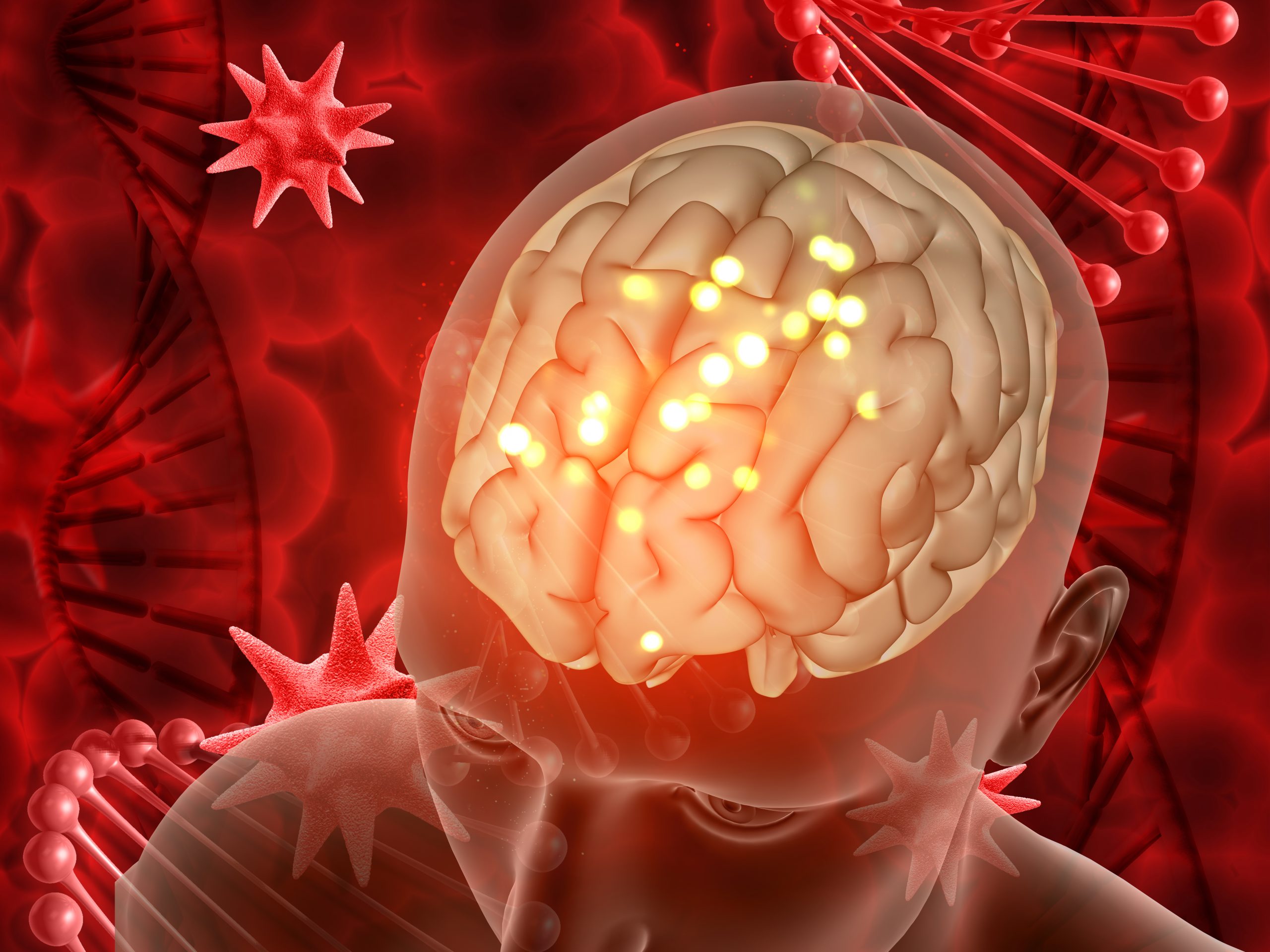Biomedical scientists Professor Trent Woodruff and Dr Eduardo Albornoz Balmaceda along with several virologists have said the discovery means there’s a potential risk for COVID-19 suffers to develop the neurodegenerative disease.
“We studied the effect of the virus on the brain’s immune cells, ‘microglia’ which are the key cells involved in the progression of brain diseases like Parkinson’s and Alzheimer’s,” Professor Woodruff said.
“Our team grew human microglia in the laboratory and infected the cells with SARS-CoV-2, the virus that causes COVID-19.
“We found the cells effectively became ‘angry’, activating the same pathway that Parkinson’s and Alzheimer’s proteins can activate in disease, the inflammasomes.”
Dr Balmaceda described the process as “fire in the brain” which starts the process of burning and killing neurons. He also said that symptoms would not be present for many years and in a way the disease is a “silent killer”.
“It may explain why some people who’ve had COVID-19 are more vulnerable to developing neurological symptoms similar to Parkinson’s disease,” he said.
Experts determined that the beginning od this process lies within the spike protein of COVID-19 and it was made worse if someone already had pointers in the brain that would already be linked to Parkinson’s.
Despite this, researchers say that the news isn’t all doom and gloom and there are current drug studies that UQ is undertaking to combat the effects of PD.
“We found it successfully blocked the inflammatory pathway activated by COVID-19, essentially putting out the fire,” Dr Albornoz Balmaceda said.
“The drug reduced inflammation in both COVID-19-infected mice and the microglia cells from humans, suggesting a possible treatment approach to prevent neurodegeneration in the future.”
It’ hoped that through further testing, it could lead to a new treatment against the virus.






